Stolac
Stolac is located in the area known as Herzegovina Humina, on the tourist route crossing Herzegovina linking the mountainous hinterland in Bosnia with the coastal regions of Bosnia and Herzegovina, Dubrovnik and Montenegro. A multitude of various influences on the architecture of town, from medieval and Ottoman to Austro-Hungarian and modern, lend this town a complex image that has earned a place on the potential UNESCO’s list of World Heritage Sites.
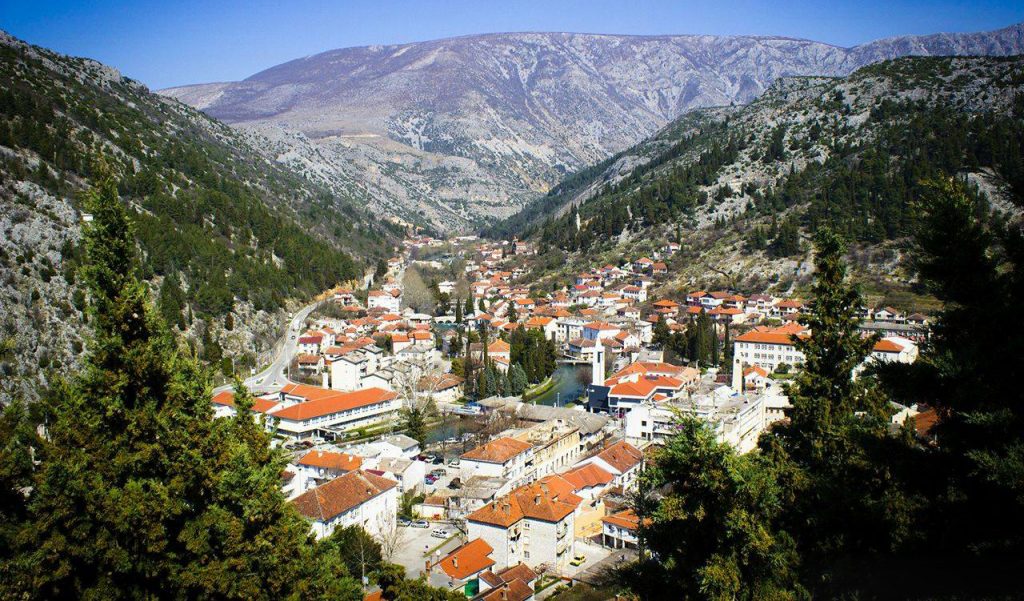
It is famous for its historic fortress Vidoški fort that stands on a hill above the present-day center of Stolac, and is one of the largest forts in Bosnia and Herzegovina. The earliest reference to Vidoški fort is in a charter dated 1444 and the fort was updated at least twice during the Ottoman and Austro-Hungarian rules.
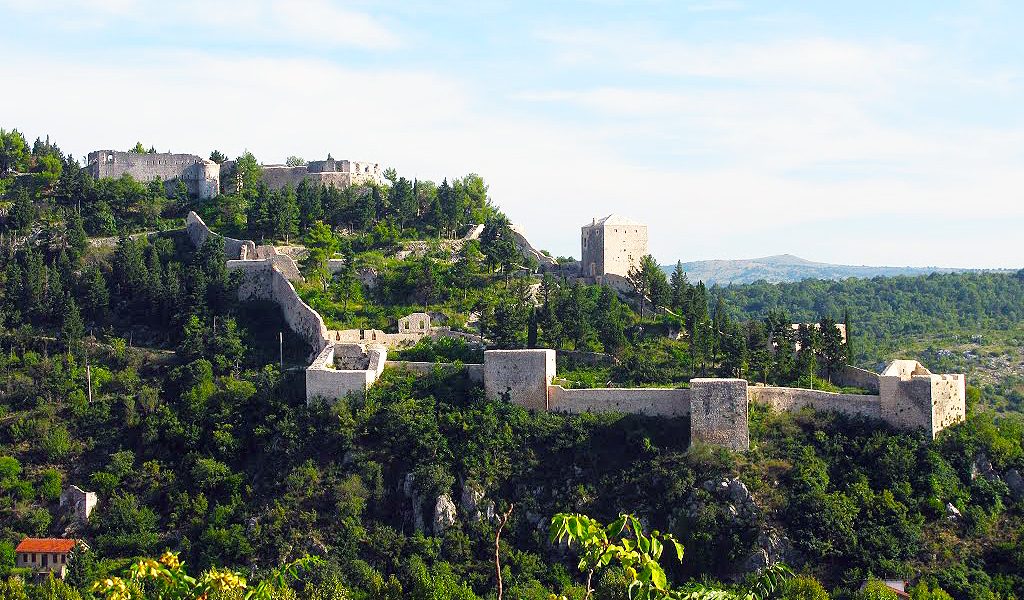
The city is also famous for the impressive stećak necropolis (medieval tombstones) dating back to the 15th and 16th centuries located in Radimlja, 3km west of Stolac. The Radimlja necropolis is one of the most valuable monuments of the medieval period in Bosnia and Herzegovina. Another stećak necropolis is located in the hamlet of Boljuni, 5 km south-west of Stolac.
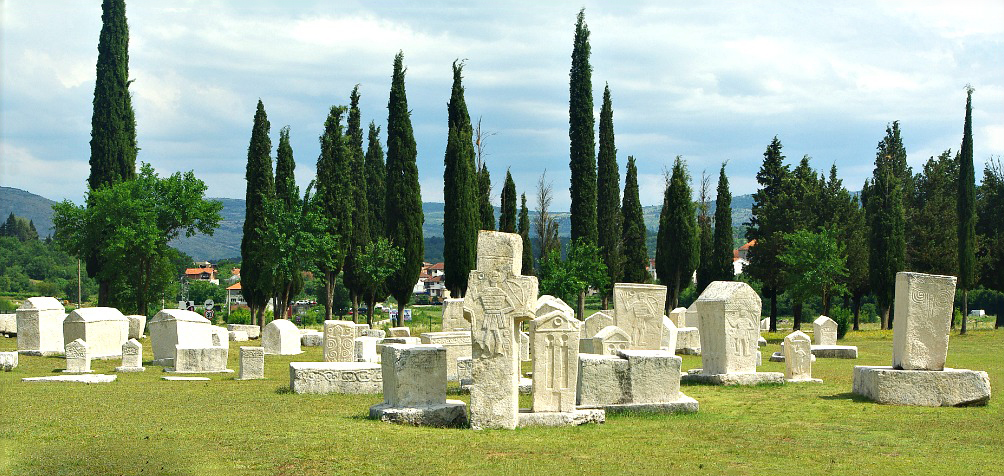
The megalithic hilltop town of Daorson was built on a prehistoric fortified settlement which had been in existence there since the early (17/16th century BCE) to the end of the late Bronze Age (9/8th century BCE). The date of the final human settlement there is the 1st century BCE from the details of the wars waged by the Roman Praetor Vatinius against the Delmati tribes. There is ample evidence of its advanced culture and civilization: it minted its own coins and produced complex artistically decorated buckles, there is graffiti on shards of pottery vessels, and parts of stone statues of human figures some 2 m in height were found.
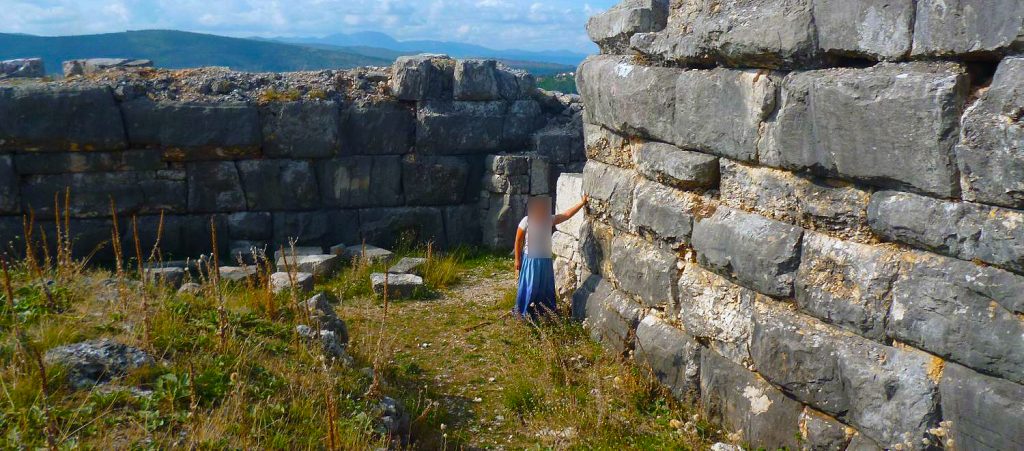
The river Bregava River and its buildings constitutes the backbone of the urban layout of Stolac. This natural and architectural ensemble features unique bridges, mills and stamping mills over the river, as well as emerald green waters and waterfalls. The oldest bridge Inat ćuprija (Inat Bridge) dates from the middle ages, the exact date unknown. In 1664 the Ottoman explorer Evliya Çelebi wrote in his travelogue that there were ten watermills in Dol on the Bregava River. An account from the 18th century notes that there were 180 waterwheels. The mills are built of rough-cut stone and are plain and utilitarian in nature.
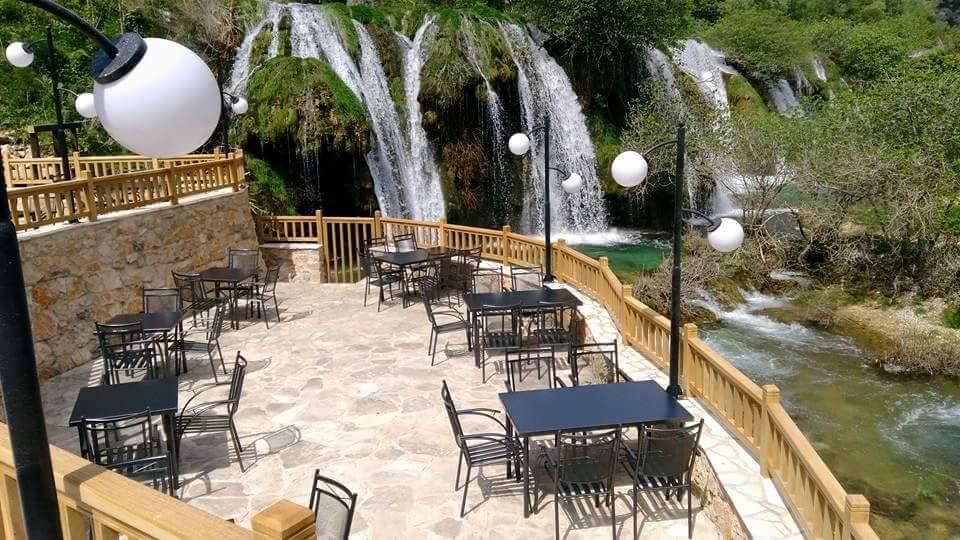
Architectural complex of Čaršija or Old Ottoman Commercial Quarter in Stolac includes the Čaršija mosque (1519), Tepa quarter, meytef (primary school), musafirhana (hostel providing free accommodation), han (hostel, inn), 15 shops, a kiraethana (reading room) and some other objects. In the summer of 1993 the Čaršija mosque and the entire Stolac čaršija was destroyed. On 22 August 2001 work began on the reconstruction of the mosque and surrounding buildings; the work was completed in 2004.
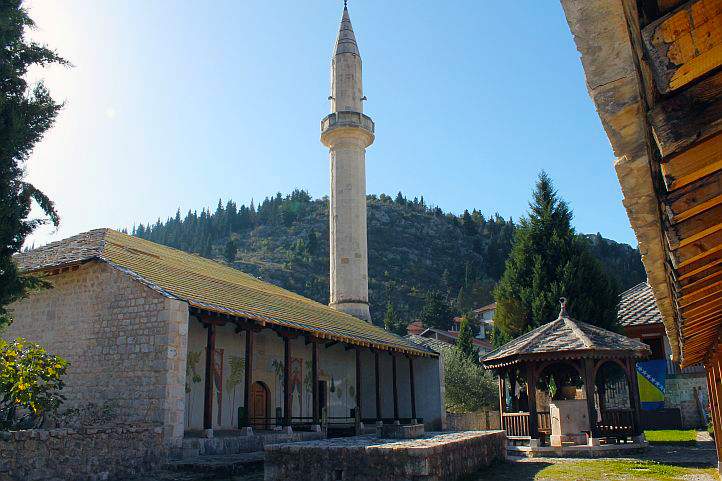
Ada (river island) residential quarter in the center of Stolac is particularly important for its residential complexes building from the 17th to the 19th century. It features the Opijač house was built in the 17th century. The Bridge Mosque (Hajji Alija Mosque) is located on the left bank of Bregava river, built in 1736. The mosque was destroyed in 1993 and rebuilt later.
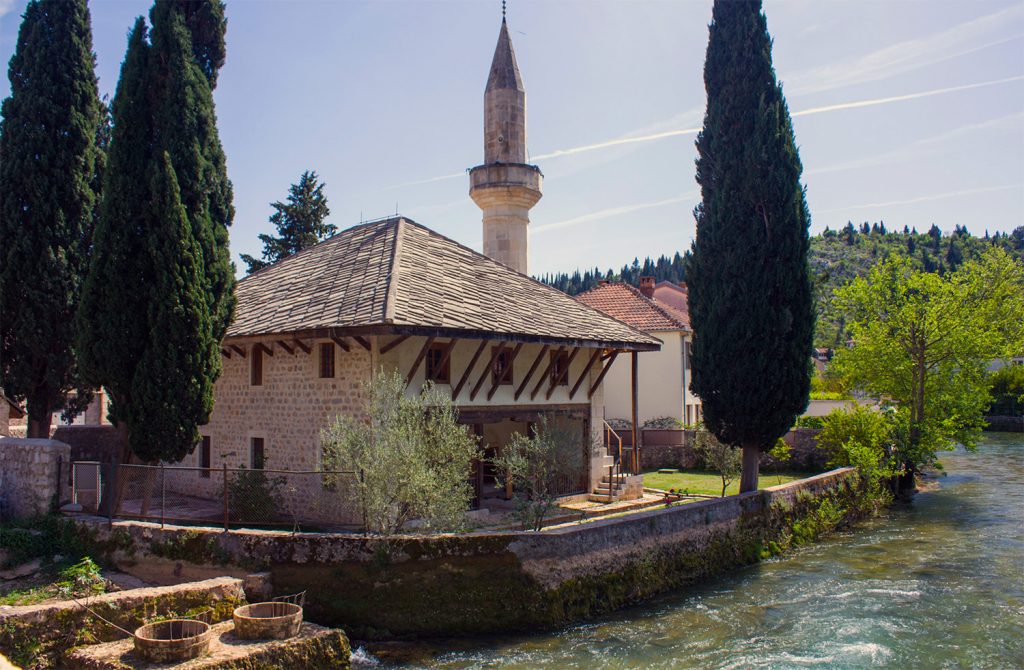
Bour Rizvanbegović brothers built new manors in Begovina in 1835, surrounding them with a single wall with loopholes for defensive purposes.The complex, on the left bank of Bregava river consists of buildings of residential and commercial nature: three houses, three musafirhanas, and other commercial premises. A bridge over the river links the complex with another structure on the right bank of the Bregava. The waters of the river is channeled through all the courtyards and capacious pools with fishponds.
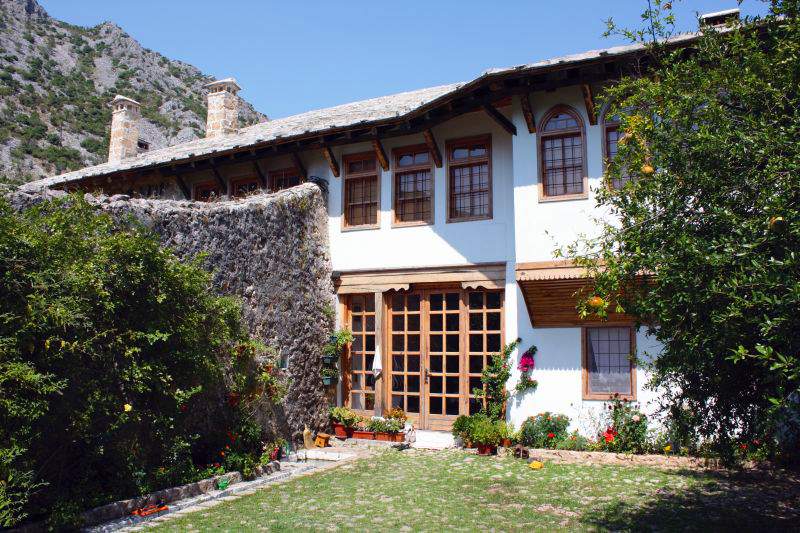
Clock Tower in Stolac built in 1664, stood by the Careva (Imperial) mosque. It was demolished between the two world wars. It ceased to be in use in 1917 and was finally demolished at the end of World War II, to be rebuilt in the 2000s.
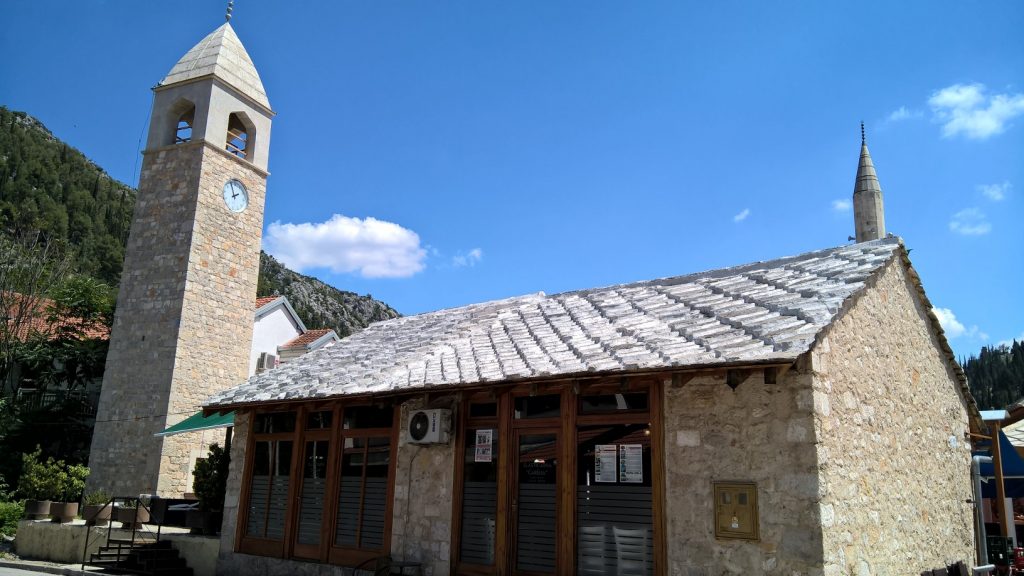
St. Elijah (Ilija) Catholic Church in Stolac was built in 1902 in the Romanesque style with an admixture of the Gothic. The bell tower is a later addition. The church has an organ, one of the few churches in Herzegovina to have one.
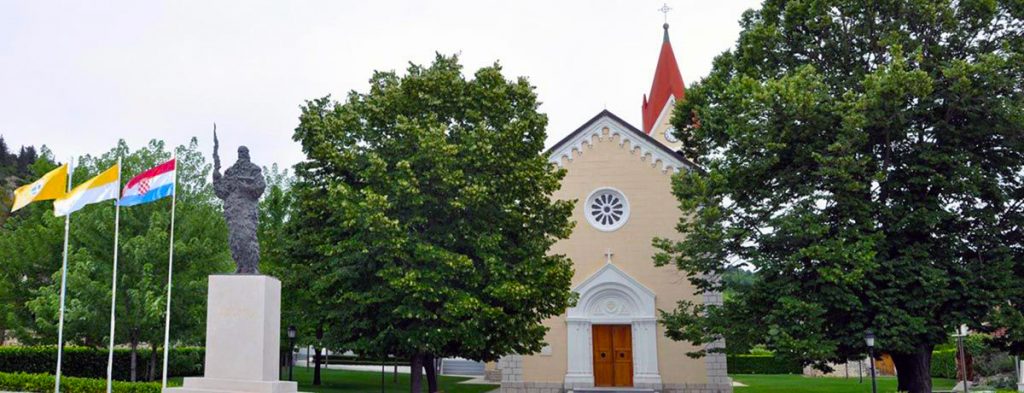
The architectural ensemble of the church of St Peter and Paul in Ošanići, just outside of Stolac, with burial ground, judge’s seats, churchyard and walls, is a designated National Monument of Bosnia and Herzegovina. The church was in existence in 1505. The judge’s seat (stolac) is the possible source of the name given to the city of Stolac.
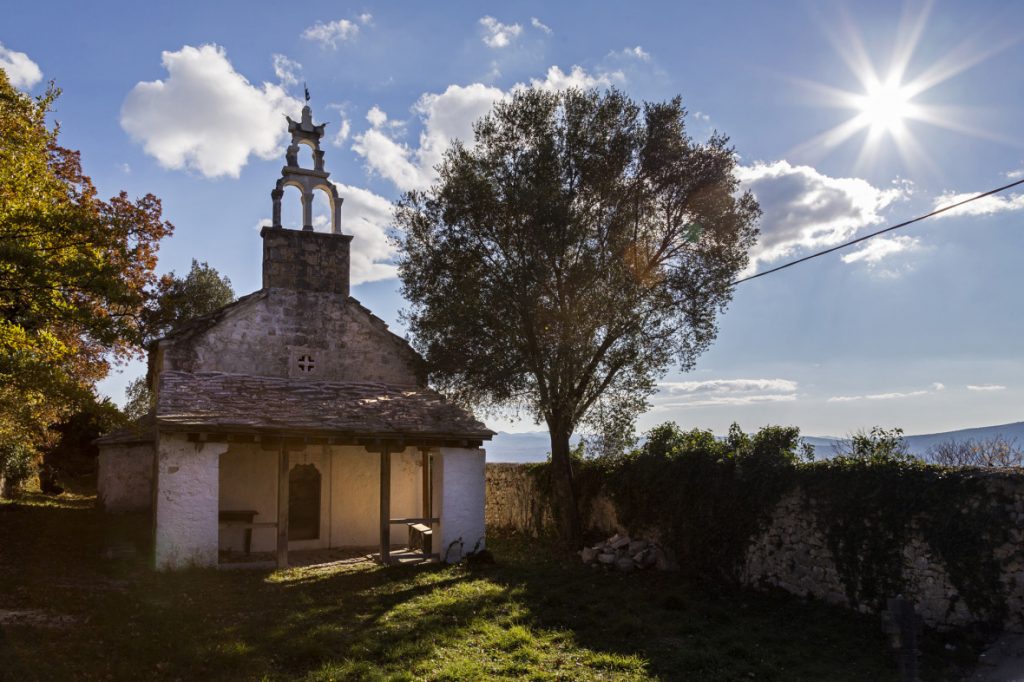
Annual Medieval Fair Stolačka Tarča (The Targe of Stolac) is held at teh Stolac Old Fort. It is a cultural and educational event, the first of its kind in Bosnia and Herzegovina, and offers workshops in swordsmanship, archery and lectures on medieval torture devices and medieval hospitals, with tasting of medieval food. Visitors are also able to see medieval sword fighting.

Historic monument of the tomb of Moshe Danon is located in a place called Krajšina 2 km from the centre of Stolac. The site of this monument is of major importance for the spiritual and material culture of the Jewish people, not only in Bosnia and Herzegovina but also beyond. The tombstone marks the grave of the rabbi of Sarajevo Moše Danon.
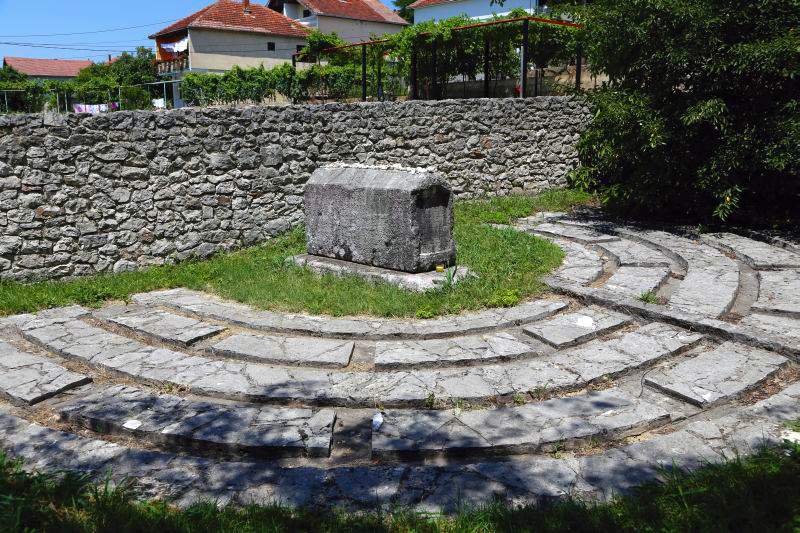
All of the monuments featured above concentrated in a geographically very small area of the city and municipality of Stolac have earned it a place on the potential UNESCO’s list of World Heritage Sites.
The road from Stolac to Neum, a newly built highway, was recently opened by the federal prime minister, Fadil Novalić. You can read more about that here.
Stolac, a charming town with ancient history……




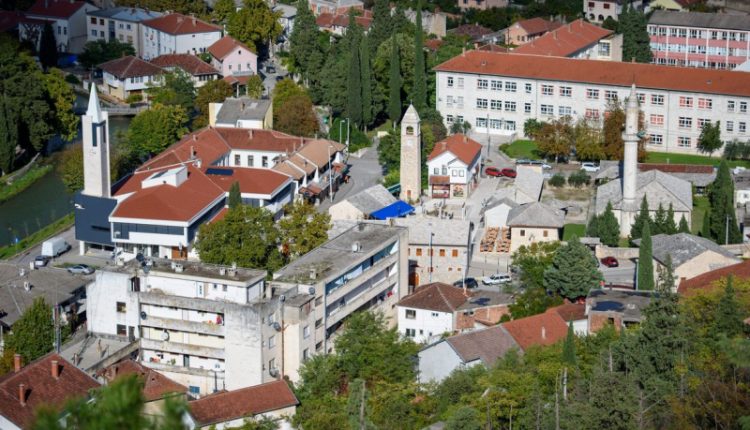
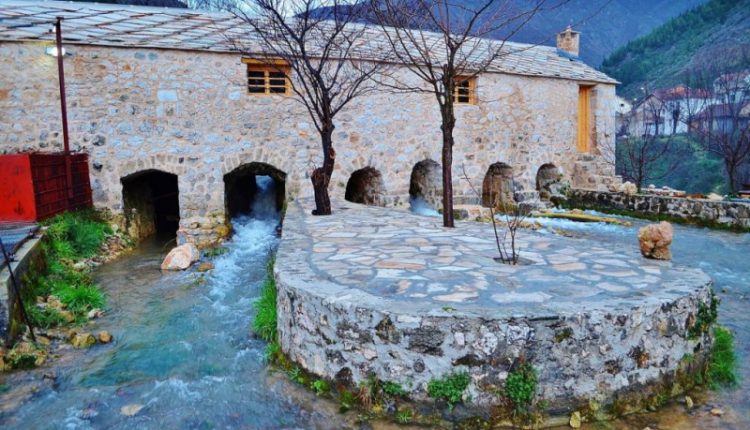
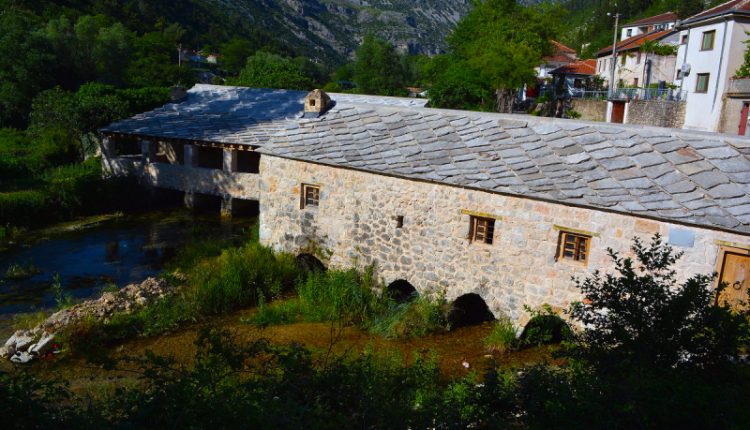
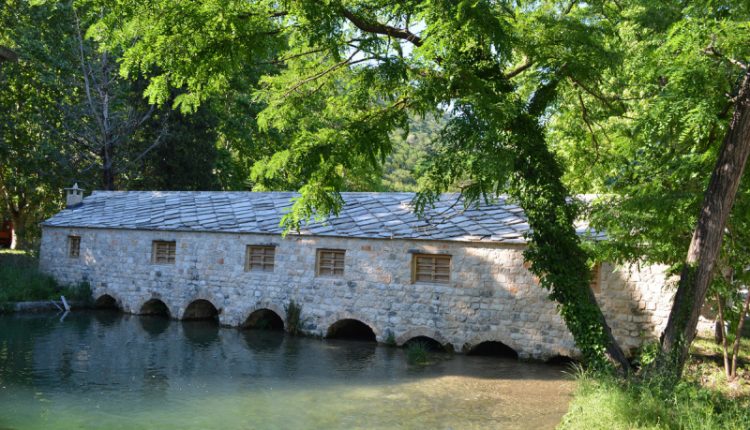
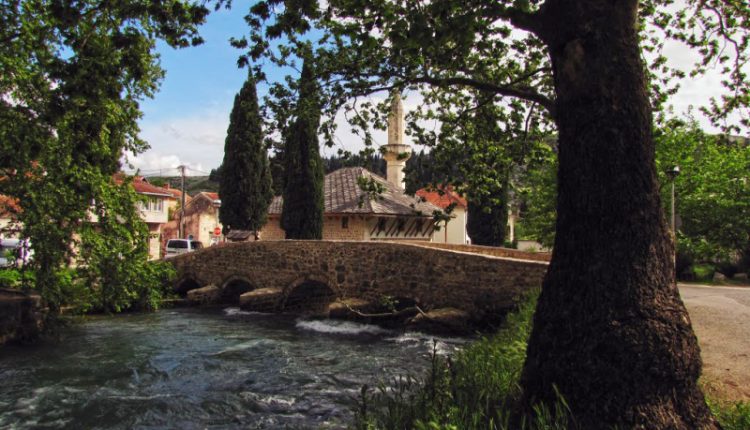

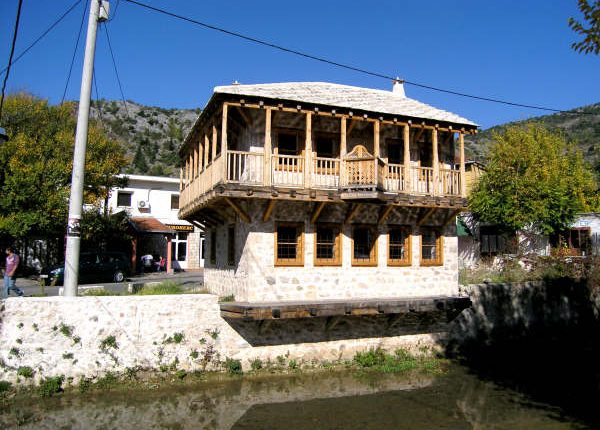


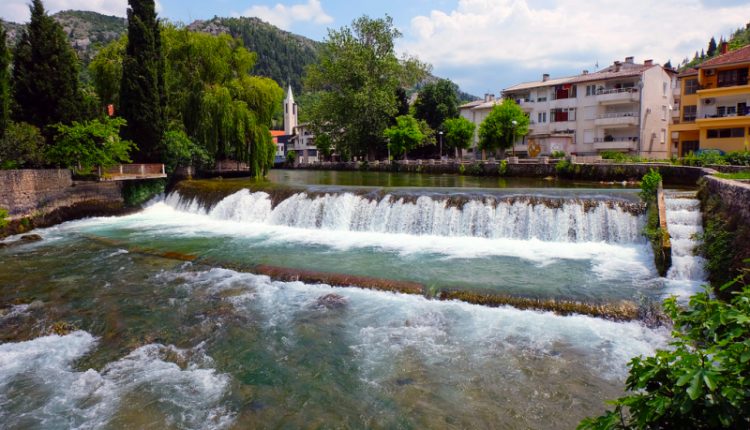
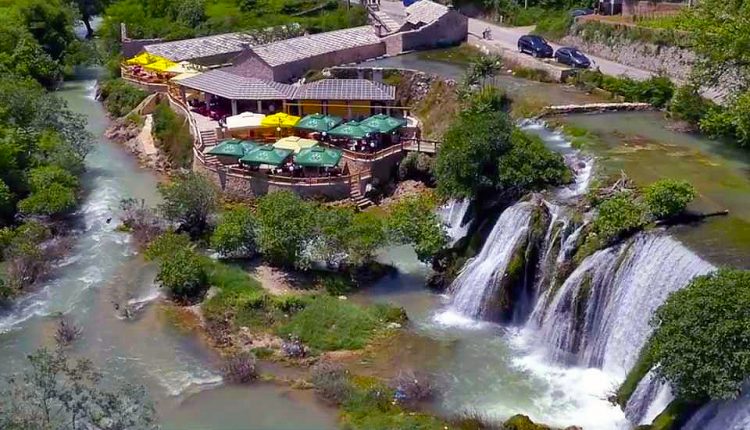


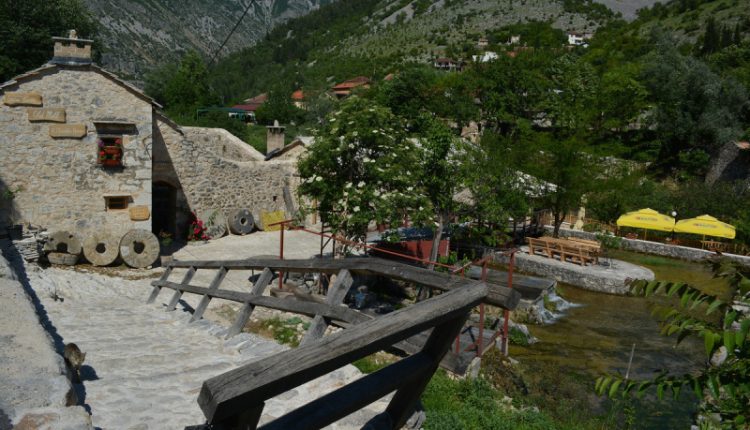
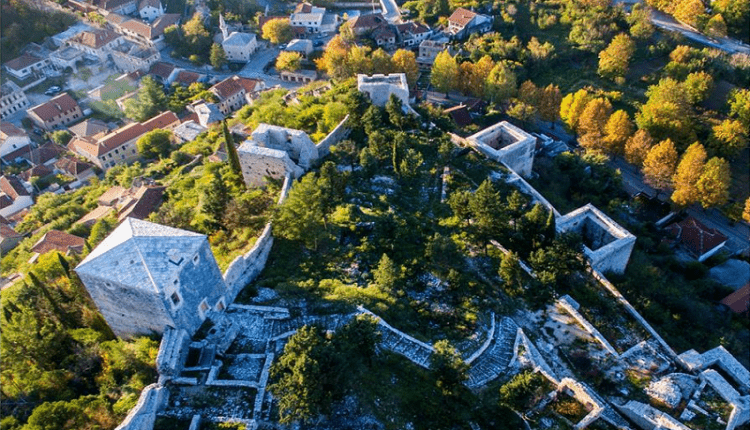

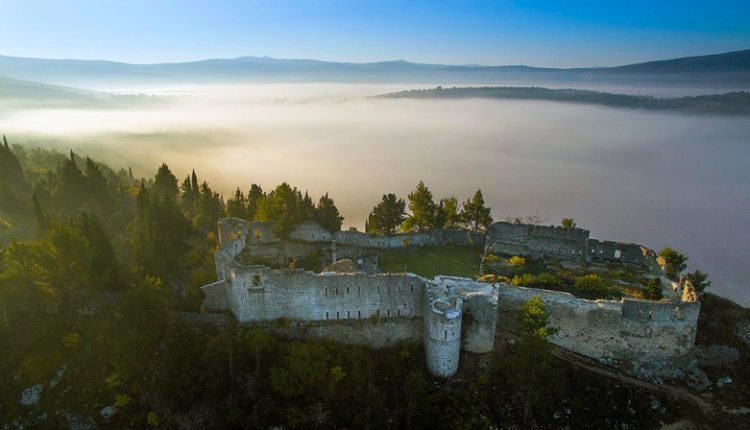

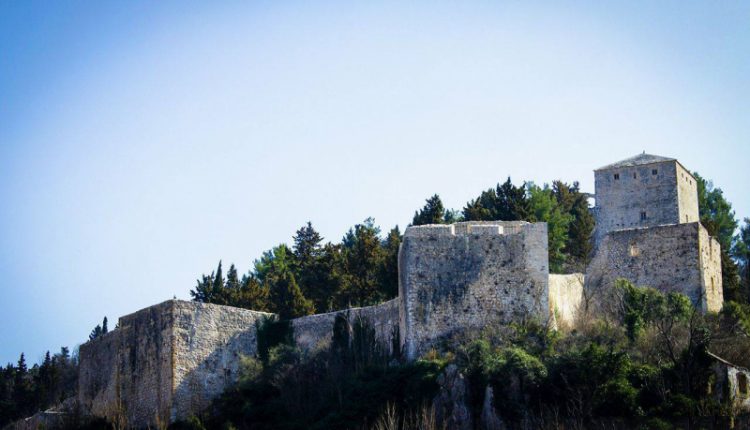
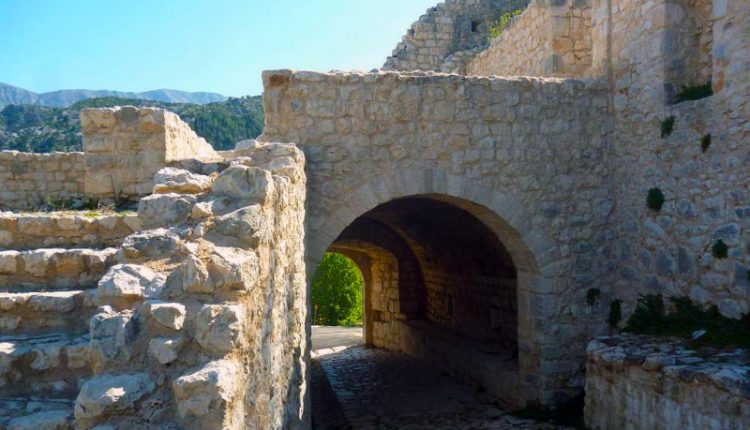

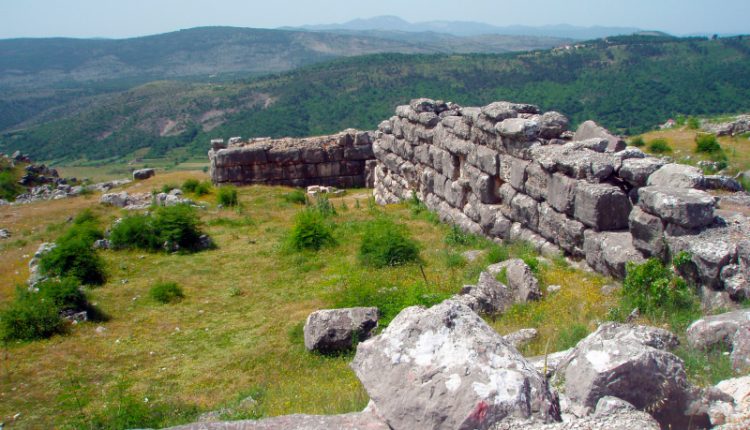
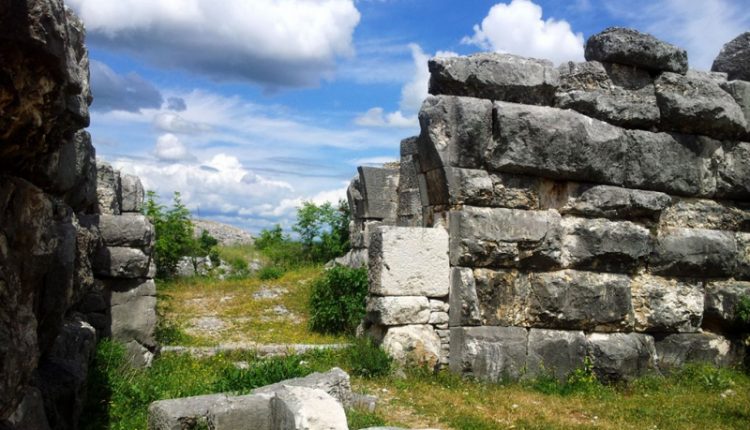

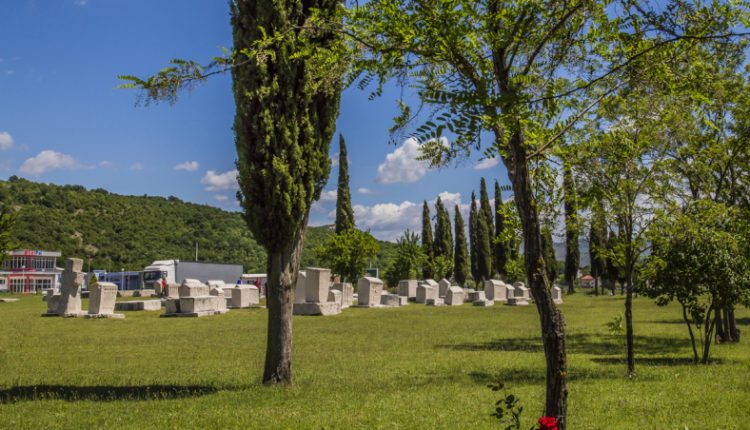
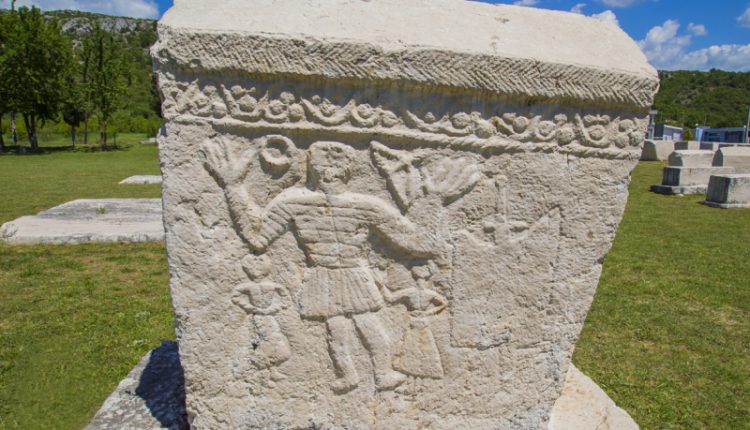
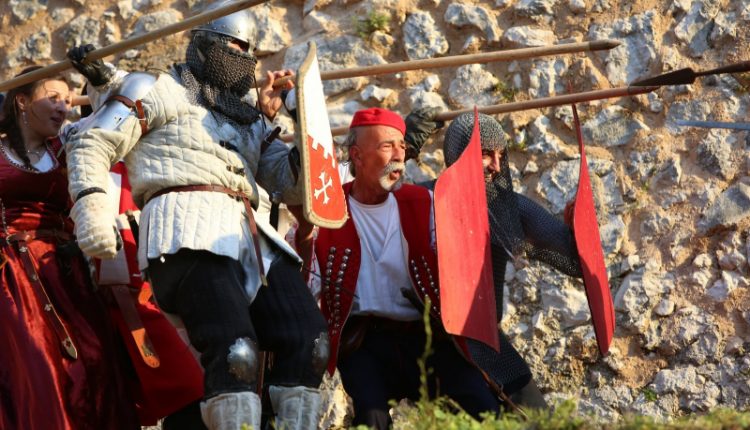

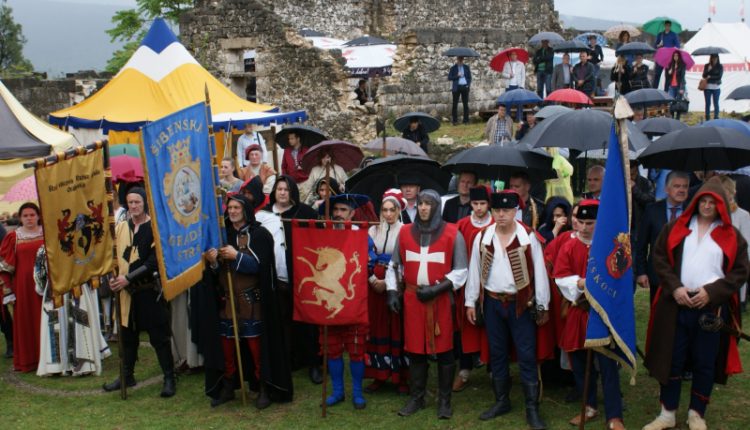
Comments are closed.